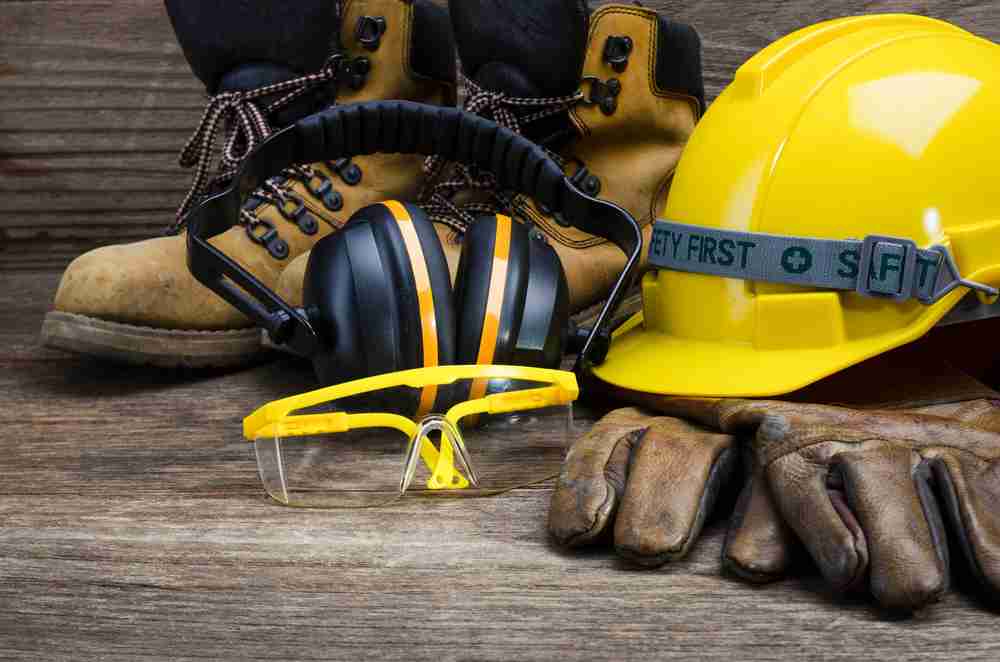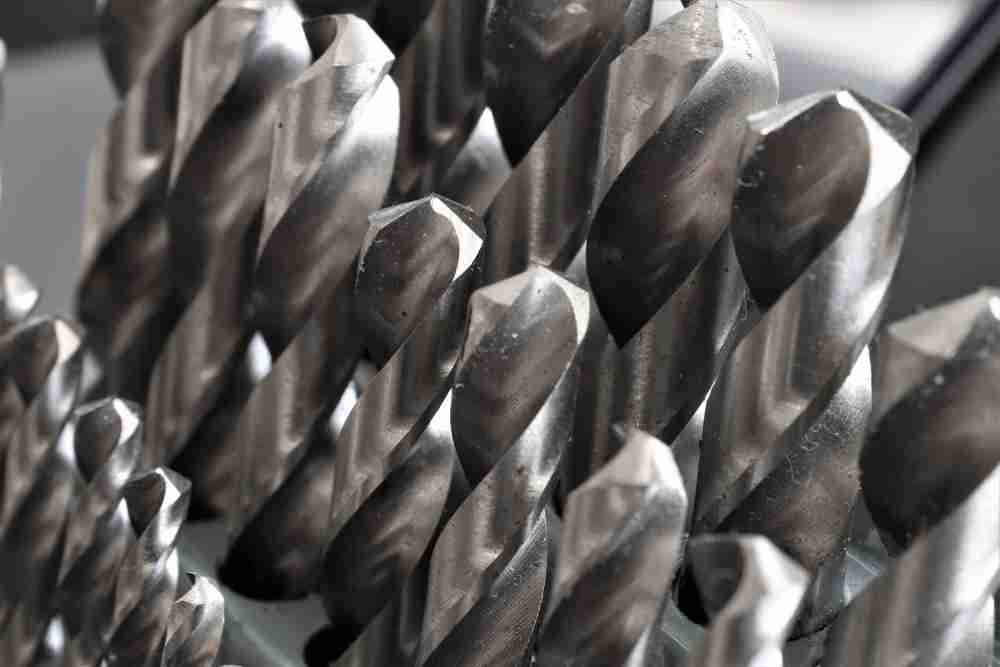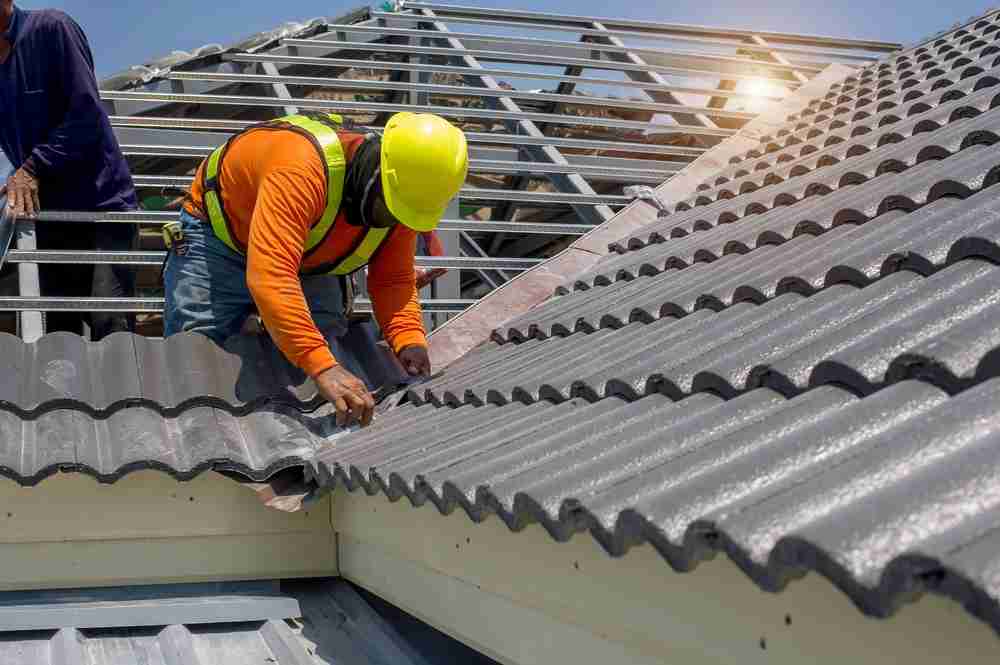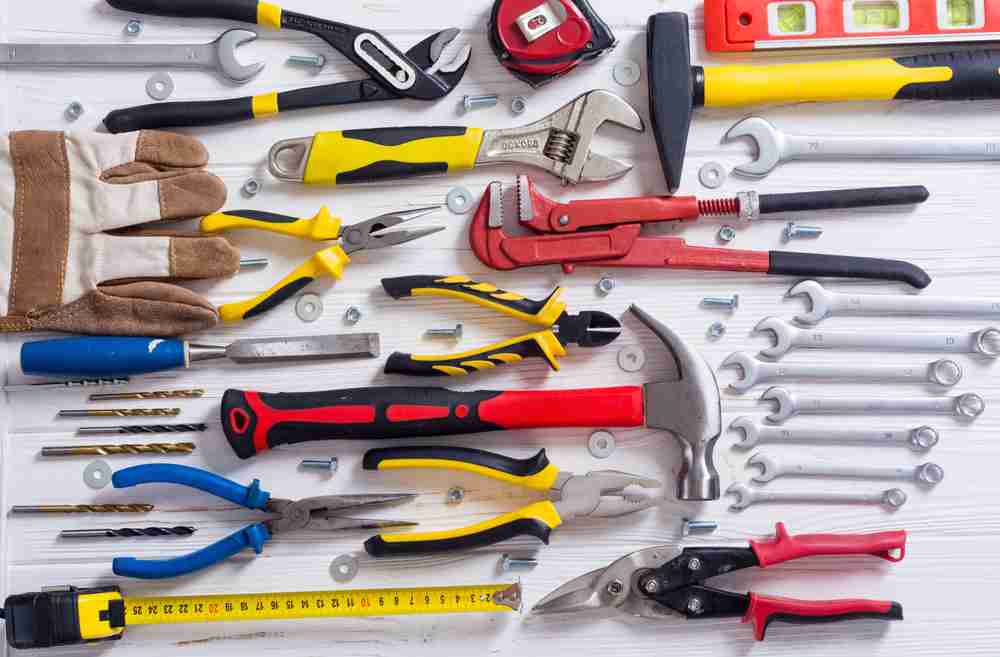How to Determine if Your Roofing Project Needs a Guardrail Installed
Roofing guardrails are a very important piece of safety equipment. Every year, dozens of men and women are killed or injured while working on a roof. Many of these deaths could have been prevented if proper safety precautions had been taken. A guardrail is one of the most important types of safety equipment that can protect someone who is walking along a roof or standing near its edge. Guardrails are typically made out of aluminum, steel, or fiberglass-reinforced plastics (FRP) tubing. Roof guardrails are intended to be used at all times on roofs where a worker or object is located more than 20 inches from the edge. In addition, guardrails should always be installed over a roof opening, such as a hatchway or skylight, if someone could fall through it.
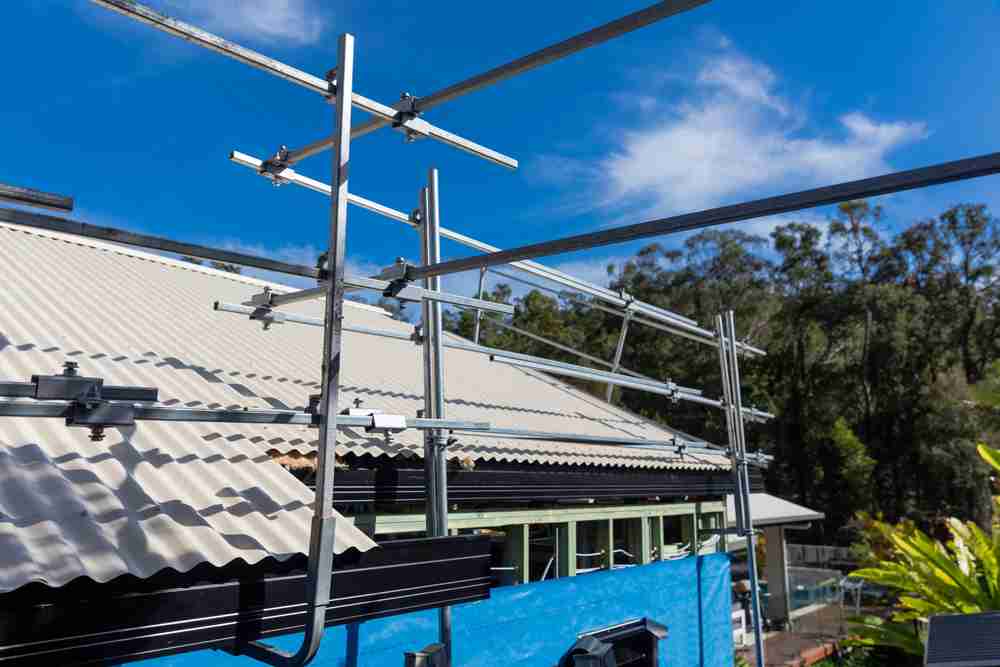
What is the Minimum Roof Height for Guardrail Use?
Roof guardrails are typically used whenever the height of a roof is greater than 10 feet, or if there is an increase in elevation near the edge of the roof (such as a parapet), or if there is an overhang on the outermost edge of the roof. Guardrails are also used on sloped roofs that are higher than the surface of the slope.
Check The Slope of The Roof
Another important factor is slope: roofs with a pitch of less than 1/4 inch per foot (or 6-inch slope) can be walked on without any guardrails or toe boards; roofs with a pitch between 1/4 inch per foot and 1/2 inch per foot (or 3-inch to 7-inch pitch) require either guardrails or toe boards along both edges; and roofs with a pitch greater than 1/2 inch per foot (or 8-inch slope) need guardrails along both.
What Exits Does Guardrail Protection Extend From?
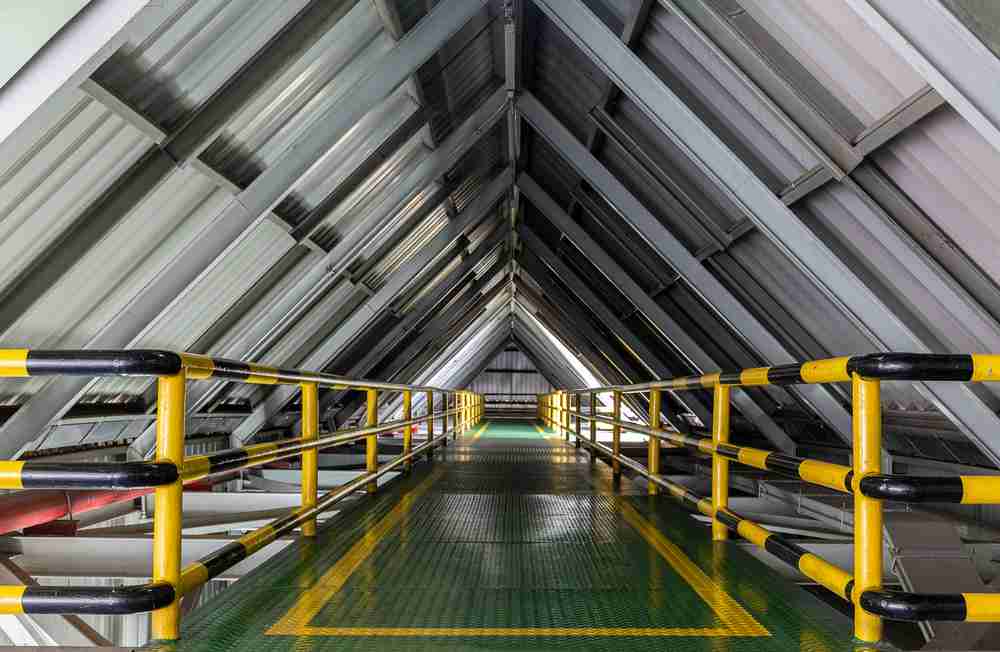
For roofing applications, the guardrail must extend 10 feet from all egresses including doorways and stairs. This applies to all roofing applications, even if the distance is less than 10 feet.
Which Building Materials Require The Use of Guardrails?
One of the main reasons for having a guardrail is to protect any building material that will not provide adequate protection against falls. An example would be drywall that has been stacked and left exposed for a long period of time.
How High Should Guardrails Be Installed?
The top piece of the guardrail should extend at least 34 inches but not more than 38 inches above the roof surface. The bottom piece of the guardrail should be installed at or just below the guards’ waists. Both the guardrail and the toe board have to contain an opening no larger than 4 inches x 4 inches. Every accessible opening needs to be protected by removable safety screens made out of non-conductive material such as heavy plastic mesh, keystone wire grating, or hardware cloth. This prevents any objects from falling through them while is working on the roof.
Contact Atlantic Equipment for All Questions About Roofing Safety & Guardrail Installation
Before you start your next roofing project, it is essential that you gather all of the necessary tools for both building and safety. Working at tall heights can increase the chance of risk or injury for workers, meaning more safety equipment may be necessary than if you were working on flat ground. Guardrails are a great solution for securing the perimeter while taking up minimal workspace. To learn more about guardrails and roofing safety equipment, contact us today!


